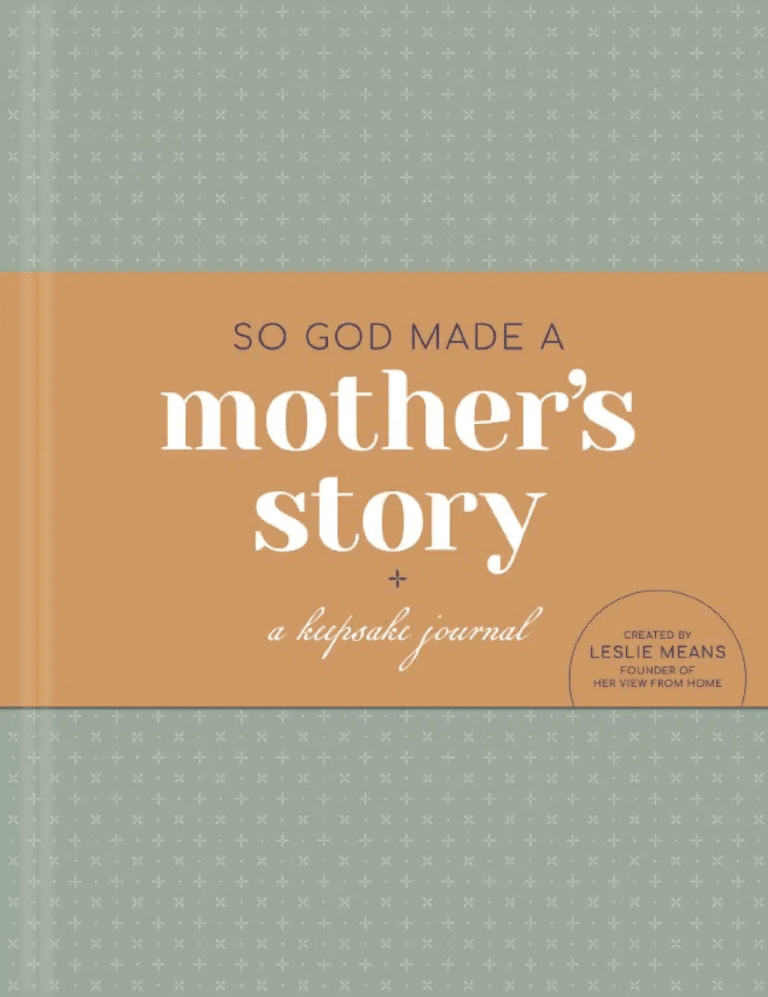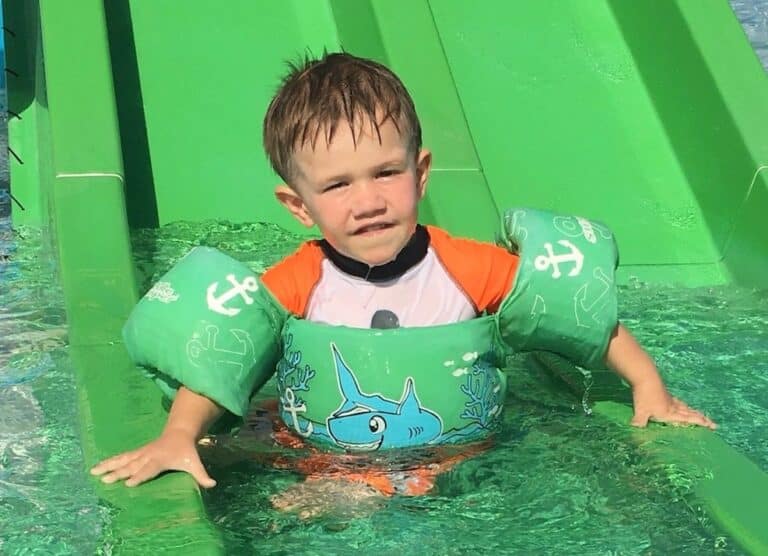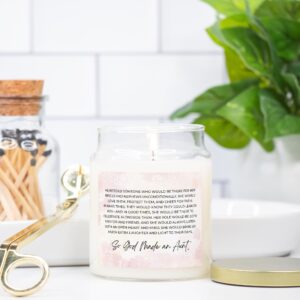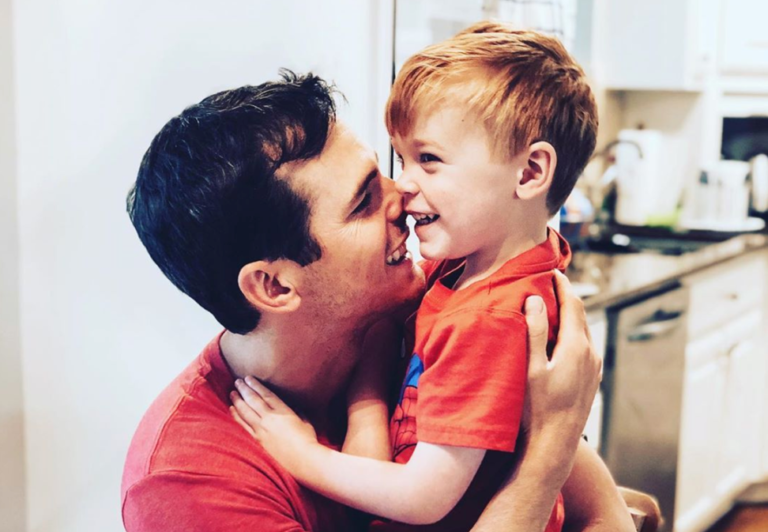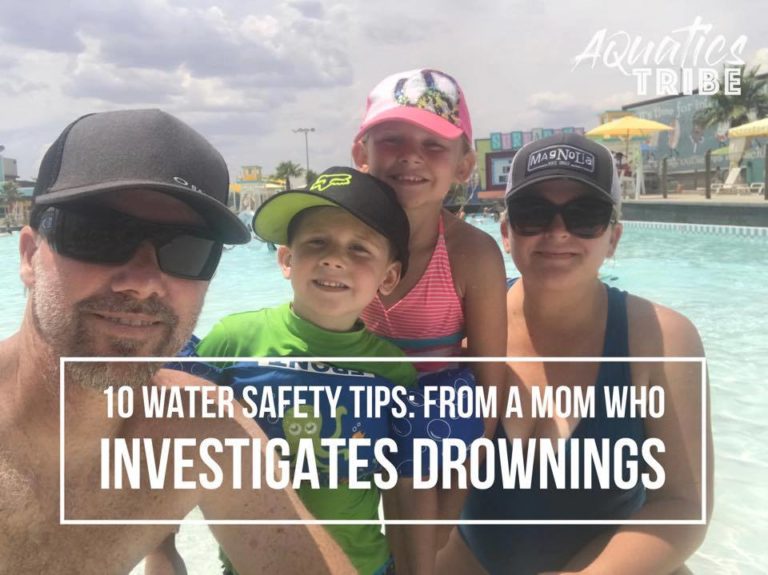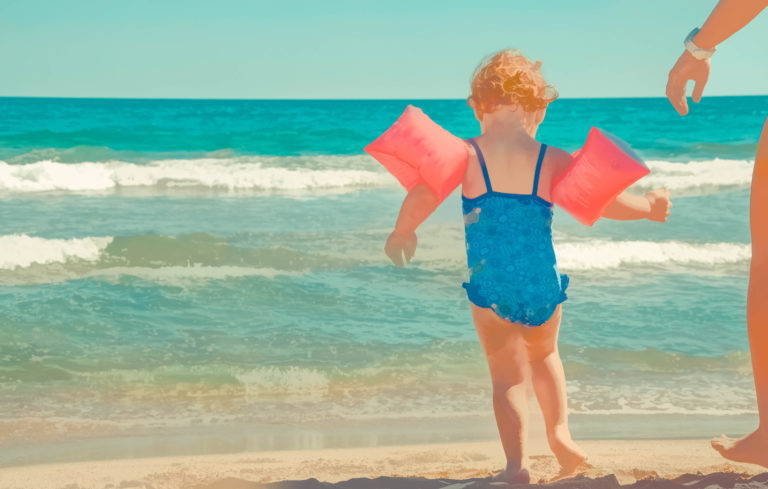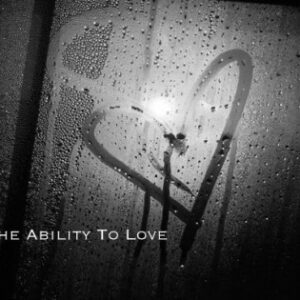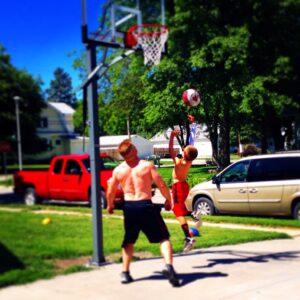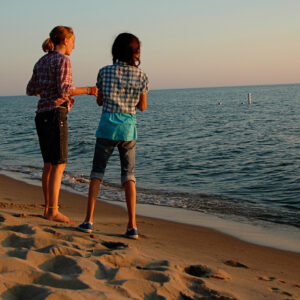The very last video I have of my 3-year-old son, Levi, is of him bobbing up and down in a Puddle Jumper.
His little legs kicking underwater, his eyes the spitting image of his daddy, and his older sisters, his happy grin, and his little voice saying “Cheese!”
This time-stamped video, counting down the precious minutes we had left until he would end up in this very same pool, less than two hours later.
But this time, it was without the Puddle Jumper.
I understand the sense of panic building inside you to avoid my story or read it just so you can find the loophole for your own children. Please, though, mom to mom, will you hear me out? I thought I was doing everything right with our son, our third child. I was so very wrong, though.
I want to share what I wish I had known about drowning, about toddlers, about Puddle Jumpers.
We lost our son that night, this very loved 3-year-old who was sitting on the couch one minute and gone in the next. I am not here to fearmonger or tell you to avoid water forever. I simply but desperately want to inform and empower you about the choices you make regarding your children and swimming pools.
RELATED: Lifeguard Shares Warning For Parents: Never Let Your Kids Wear Water Wings
When we think about drowning, we think “watch your kids when they’re swimming.” However, data proves we are approaching water safety completely wrong—and our toddlers are paying the price.
The age group of 1-4 accounts for the majority of all drownings. This chart from the CDC provides a powerful visual image. The green column is ages 1-4:
Yes, the truth is jarring, and I don’t understand why the age group most at risk is basically an afterthought in how our culture approaches water safety. Drowning is the #1 cause of death for children ages 1-4, yet most parents don’t know it. And, even worse, they don’t know that toddlers are drowning during non-swim times—water is taking our kids in the stolen moments and transition times. When the parents are loading the car to leave the Fourth of July cookout. When everyone goes inside the clubhouse to open birthday presents at the party. When you are on vacation waiting for it to get dark to go crab hunting, and your son slips out of a living room filled with people.
Toddlers are curious, full-steam ahead, and worst of all, they think water is a fun and safe place. They can slip away in seconds and reach the water alone—and because of previous reliance on Puddle Jumpers, they think they will float.
On the Sunday evening our son drowned, he was sitting on the couch in a room filled with kids and adults (including both my husband and me). We had finished swimming for the day. He was already in his crab-hunting shirt and we were cleaning up from dinner. Levi somehow slipped out of the heavy doors, down a flight of stairs, through a gate, and reached the backyard pool alone. Despite only being out of sight a moment and having six physicians on our trip, including my anesthesiologist husband, we were not able to save our son.
I had no idea until afterward that drowning—especially when he wasn’t even swimming—was the reason he would not make it to his fourth birthday. I want to be clear that I am not blaming Levi’s death just on the use of a Puddle Jumper, but it was one factor of many about which I was grossly misinformed.
The use of Puddle Jumpers when swimming gives a false sense of security and makes kids think they know how to “swim.” But bobbing up and down in a flotation device is NOT swimming.
I believed I was doing the right thing because these flotation device companies stamp “US Coast Guard Approved” on their labeling. If you are using a Puddle Jumper because you think it is USCG approved for swimming in a pool, you have been deceived. The USCG does not endorse or approve flotation devices for use in pools. Despite their labels, they are only USCG approved for use when a child is around water but not expected to be IN it, like riding on a boat or standing on a pier.
RELATED: 10 Water Safety Tips From a Mom Who Investigates Drownings
But beyond the delays in learning to swim caused by muscle positioning and the marketing claims pushed to drive sales, the heartbreaking reality is Puddle Jumpers create a false sense of security and teach toddlers to trust the water. Young children believe they can swim and that water is safe.
The question is, if they aren’t wearing a Puddle Jumper, what should your child wear? The answer is a swimsuit with NO flotation device. They should be swimming or in a parent’s arms. The Puddle Jumper should never be a replacement for an ability to self-rescue and swim, which is what it has become over the years.
We had two more babies after losing Levi. My daughter, Willow, is 3 years old, currently just 2 months younger than her big brother was when he died. I enrolled her in self-rescue swim lessons at 9 months. She completed refresher courses at 23 months and again before she turned 3. She SWIMS across the pool, jumps in to her big sisters, and has never once worn a Puddle Jumper. If she somehow reached water alone, she would know how to immediately flip onto her back, float, and get to the edge.
My son, Teddy, is 19 months old and has also taken self-rescue lessons. He knows how to roll and float and find air independently. He is not swimming yet, so I hold him in the pool, and if that isn’t possible, we don’t go to the pool that day. We do a sprinkler day instead. Is it more work than if I strapped Puddle Jumpers on them? Yes. But is this investment in self-rescue lessons and patience worth it to know they are safe from the #1 cause of death AND that they will both be swimming by age 3? Obviously.
I am not trying to make you panic around water; I am asking you to please rethink how you approach water safety, especially if you have toddlers.
Puddle Jumpers are not USCG approved for pools and do not help children learn to swim. If you still choose to use one for other reasons, I am definitely not here to judge. I just don’t want another parent misled by false marketing and a culture that underemphasizes the urgency of toddler drowning.
RELATED: Don’t Ever Assume Someone Else is Watching Your Kids at the Pool
Drowning is the #1 cause of death for toddlers, and now you KNOW. You are armed with information about risks during non-swim times and know to do more research about Puddle Jumpers. Thank you for being willing to hear this message and take action. This is how change happens—one mom at a time.
Author’s note: It is important to note that swimming pools and natural water are very different. Children, including toddlers, should know how to swim and self-rescue. Swimming pools are where to practice those skills. Since natural water (lakes, oceans, rivers) are deep, dark, and filled with currents, everyone should ALWAYS wear a USCG approved life jacket in natural water.
For more information, please visit:

If you liked this, you'll love our book, SO GOD MADE A MOTHER available now!
Order NowCheck out our new Keepsake Companion Journal that pairs with our So God Made a Mother book!
Order Now